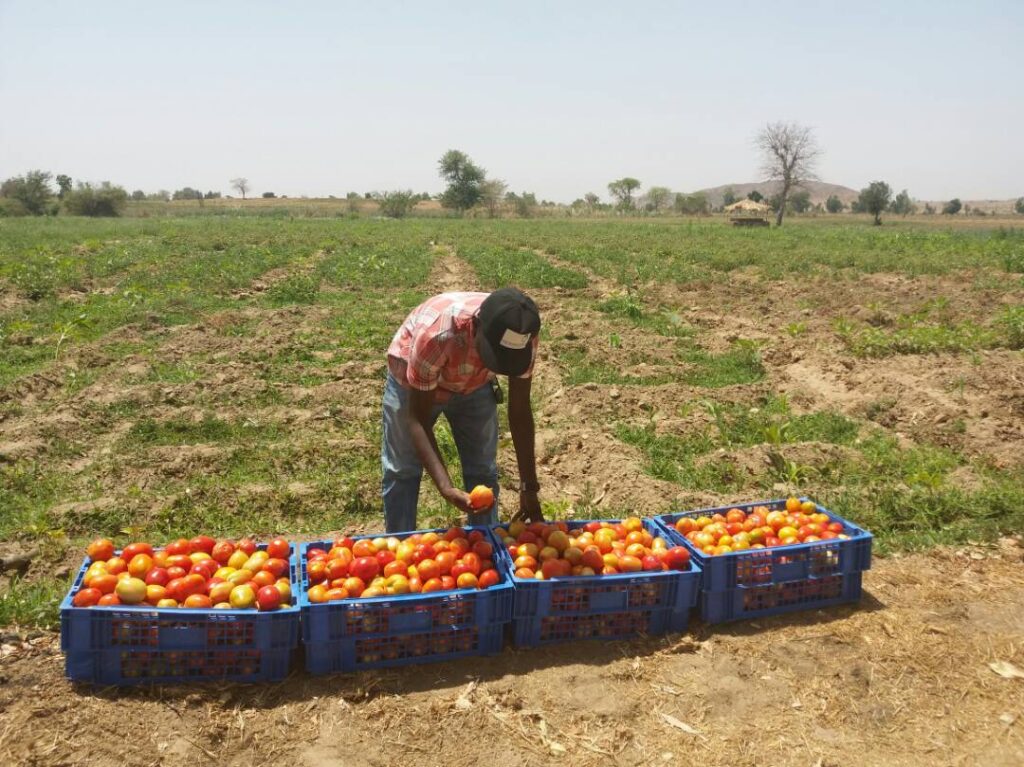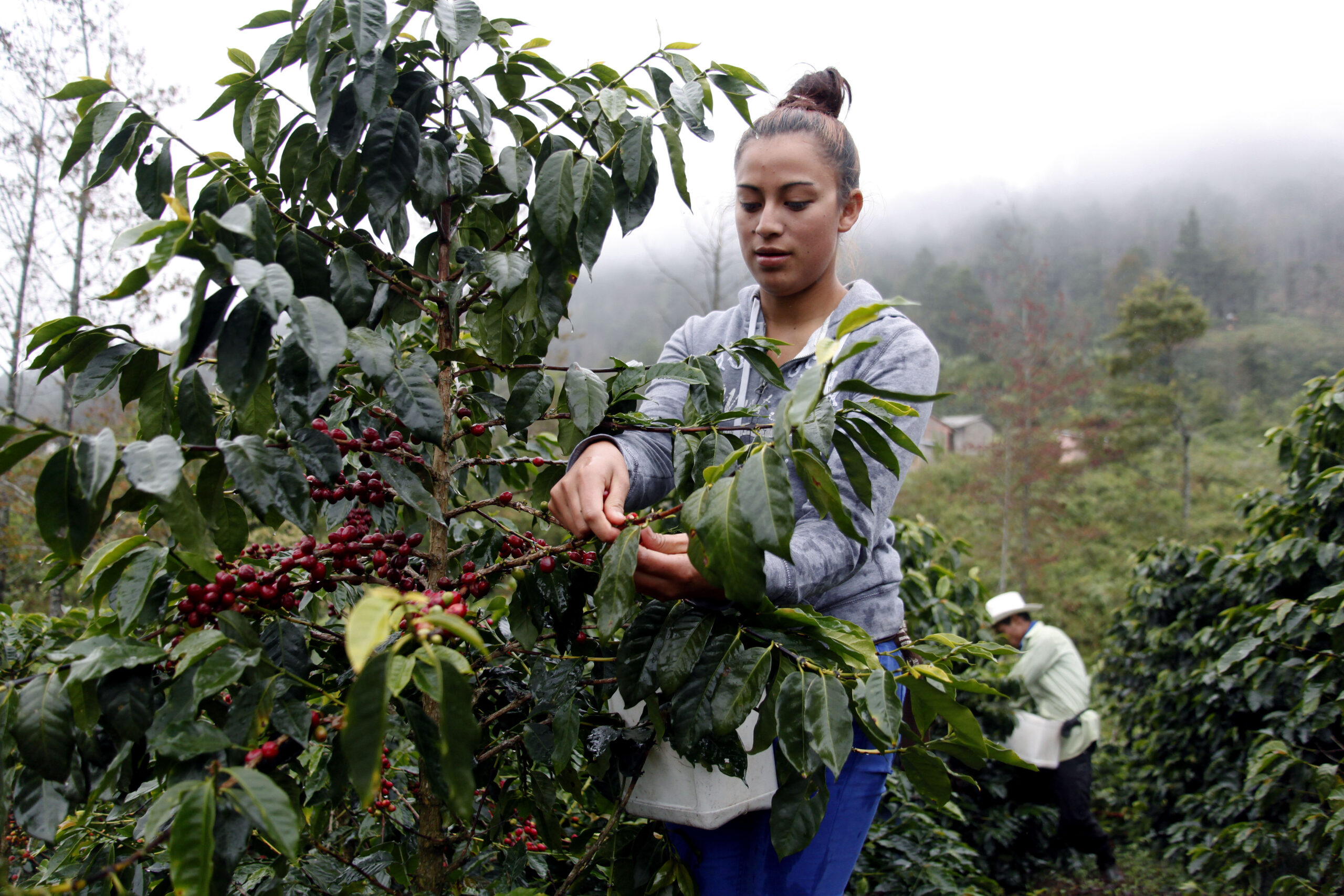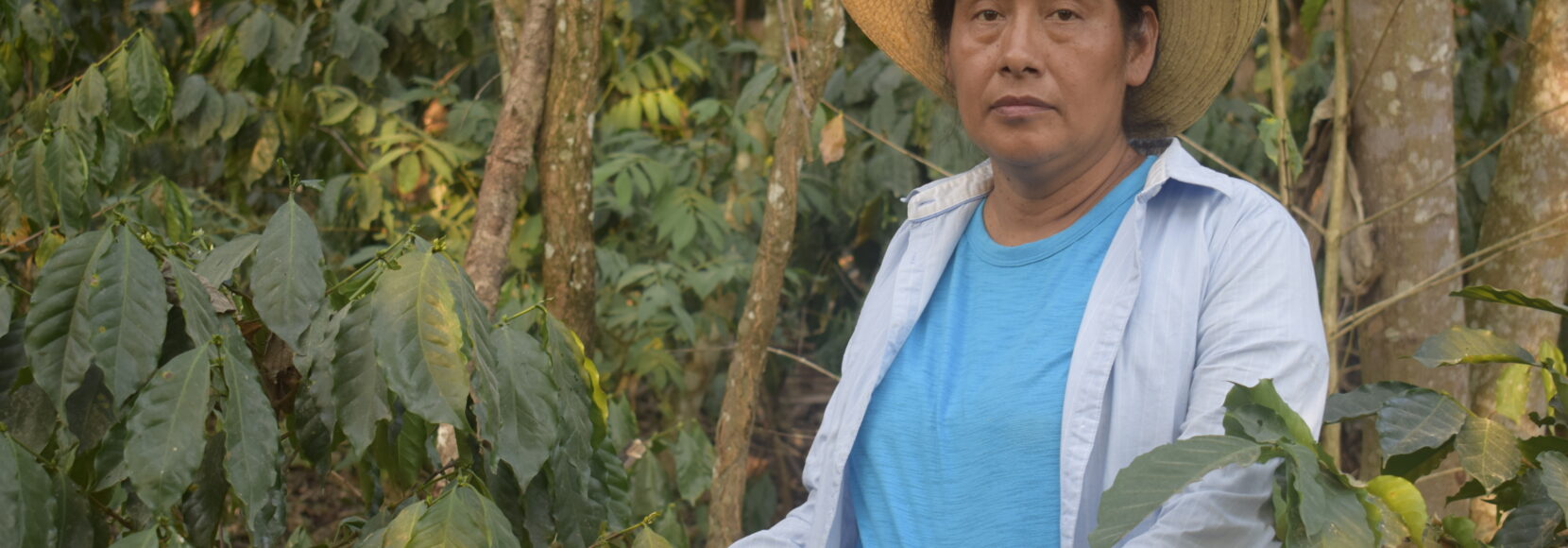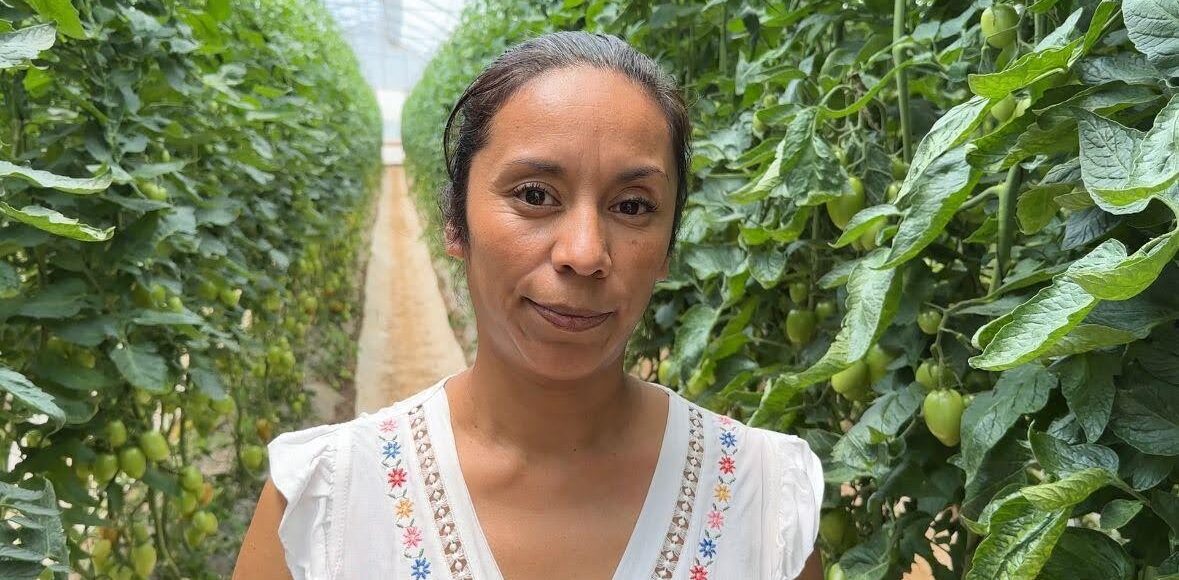
3 Big Ways to Reduce Small Farm Emissions
Here are three of the most effective ways to reduce emissions at the small farm level, based on TechnoServe’s experience working with smallholder farmers around the world.
Editor’s Note: The following post was originally published in 2022 and was updated in April 2024.
Below are three of the most effective ways to reduce emissions at the small farm level, based on TechnoServe’s experience working with smallholder farmers around the world.
1. Improve Livestock Emissions
Methane is the second most abundant contributor to climate change after carbon dioxide and most human-induced methane emissions come from livestock – more specifically, from beef production. Beef cattle remain the largest contributor of methane emissions, accounting for 71 percent in 2016. And last year, there were approximately 1 billion cattle around the world.
In addition to contributing to greenhouse gas emissions through the release of methane, cattle production also often includes the clearing land for new pastures, which releases carbon previously stored in vegetation and soils.
In Nicaragua, TechnoServe worked to improve farm productivity and address the increasing threat of climate change by helping dairy farmers adopt intensive silvopastoral systems, which include the integration of trees, bushes, and grasses into grazing land. This increases carbon storage and improves soil health. When cattle ranchers adopt this approach to cattle farming, their land becomes healthier and more productive, leading to healthier, more productive cows. This can also decrease the pressure to clear forests for grazing.
To reduce methane emissions, TechnoServe helped farmers improve their livestock feed, which can reduce the amount of methane that cows produce while also improving their milk production. This further helps decrease emissions since more milk can be obtained from fewer cows.
Farmers working with TechnoServe in Nicaragua ended up reducing their emissions by over 109 metric tons of carbon dioxide equivalent per cow per year. That’s like preventing emissions from over 100 flights from New York to London every year, for each head of cattle.
2. Avoid Post-Harvest Loss

In low-income countries, people try to make the best use of the food produced; however, a significant amount of crops are lost in post-harvest operations due to a lack of knowledge, inadequate technology, or poor storage infrastructure. Post-harvest loss includes the food loss across the food supply chain from harvesting of crops until its consumption. All told, roughly a third of all food produced for human consumption is wasted—causing global emissions that would fall behind only China and the United States on the country level.
In Nigeria, TechnoServe partnered with the Rockefeller Foundation and Syngenta Foundation to improve smallholder tomato farmers’ livelihoods and reduce food waste. TechnoServe helped farmers reduce post-harvest loss through the following techniques:
- Using heat-resistant seed varieties
- Staggered planting of tomatoes to avoid overproduction
- Staking plant stands to prevent crop destruction from rain or hail
- Harvesting tomatoes at the ripening stage to reduce the risk of spoiling before market
- Helping farmers use cooling storage chambers that can extend tomatoes’ shelf life by 7-14 days
- Increasing the use of reusable plastic crates that decrease tomato loss during transportation
- Helping farmers turn tomatoes into paste or other processed forms
Nearly 38,000 smallholder farmers worked with TechnoServe to apply these techniques—reducing their post-harvest losses by an average of 89% and improving their incomes by an average of 169%.
3. Adopt Agroforestry

Agroforestry involves integrating trees and shrubs into crop and animal farming systems to create environmental, economic, and social benefits. This can reduce emissions in several ways. Trees not only capture carbon from the air, but can improve soil fertility and crop yields.
Coffee farmers working with TechnoServe have had great success with agroforestry. In East Africa, TechnoServe works with premium coffee company Nespresso to help farmers plant indigenous shade trees, which help maintain temperature, protect crops from wind or other harsh weather, and draw down carbon into the soil. This makes the soil more nutrient dense and thus healthier for coffee plants, which helps to improve yields. Farmers have thus far planted more than 1 million trees and applied agroforestry methods to nearly 56,000 acres—an area nearly four times the size of Manhattan.
Farmers are incentivized to continue these methods through the improved coffee yields and quality from agroforestry—bringing farmers over $7 million in additional revenue last year alone.
And in Peru, farmers worked with TechnoServe to convert nearly 25,000 acres to agroforestry systems, planting almost 650,000 trees. This not only resulted in over $4 million in improved coffee revenue for farmers, but an estimated 176,000 metric tons of carbon dioxide sequestered. That’s like taking over 38,000 cars off the road for a year!





